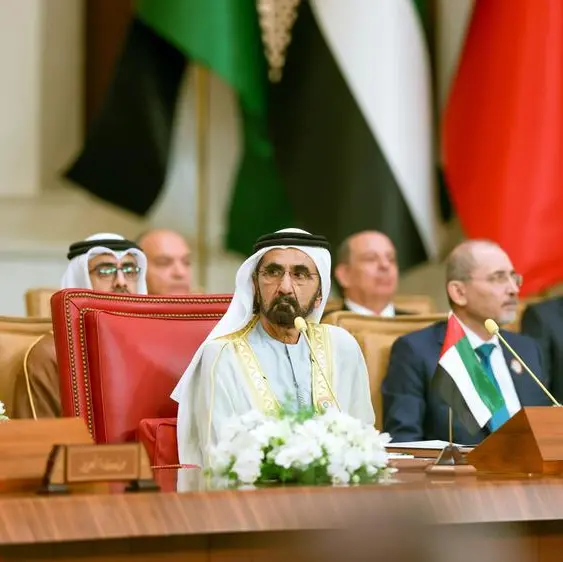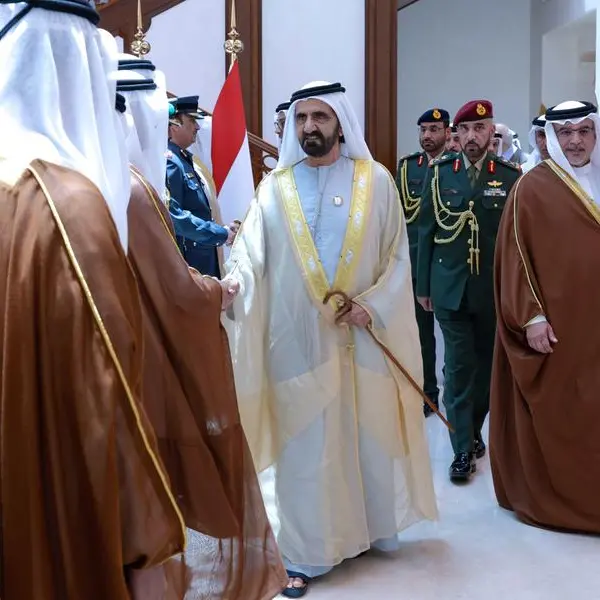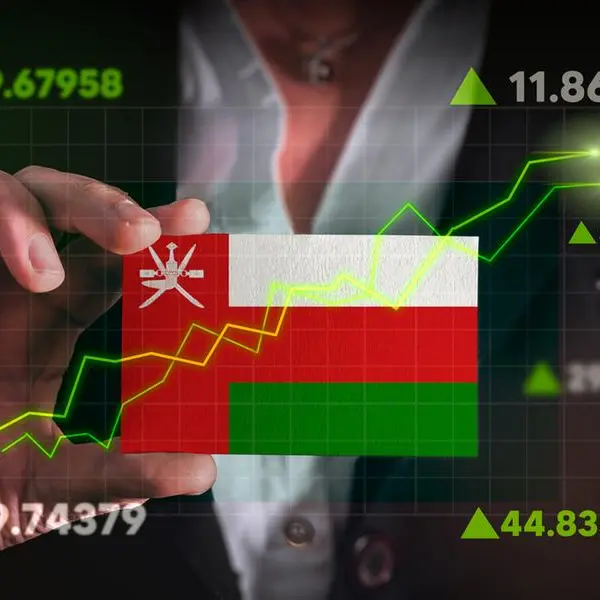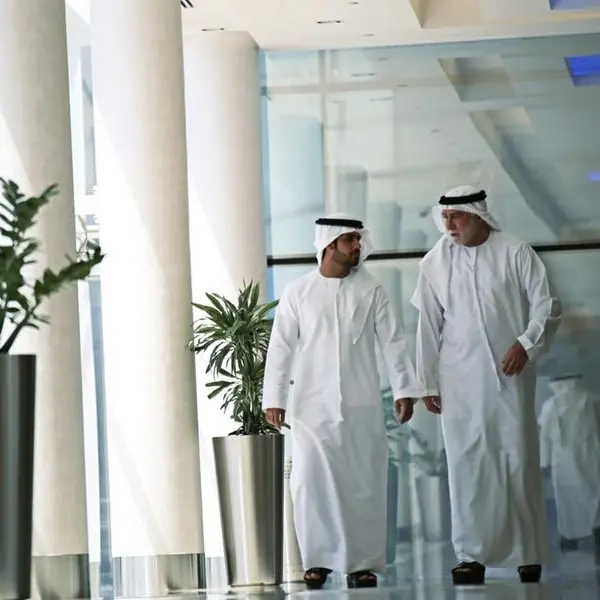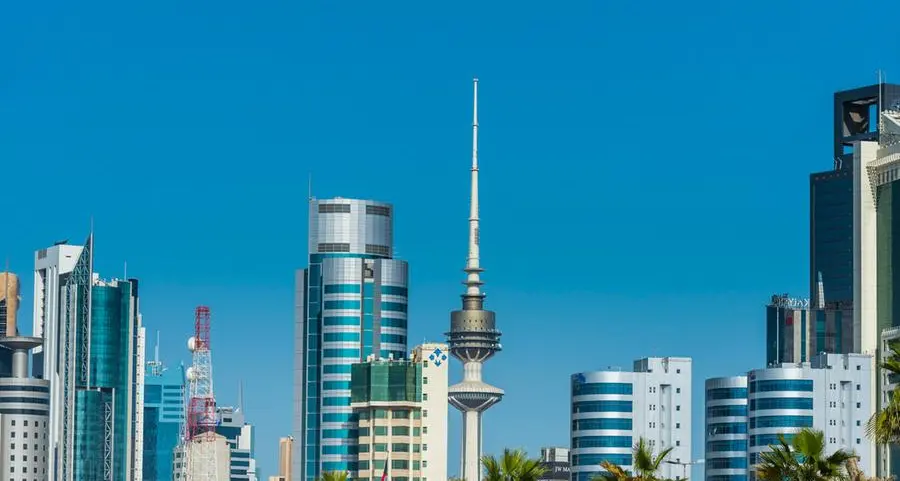PHOTO
The Kuwaiti government's new work program for the 17th legislative term (2023-27) unequivocally bespeaks "Kuwait 2035 Vision," which is mainly designed to transform Kuwait into a regional and global financial and trade hub.
The Gulf country's primarily economic vision is also meant to, inter alia, create an attractive investment environment where the private sector leads the economy, to create competition, promote production efficiency, achieve human development and provide a congenial and updated legislative and business infrastructure.
His Highness the Prime Minister Sheikh Ahmad Nawaf Al-Ahmad Al-Sabah, introducing the program, said that the government had presented its work plan to the parliament in line with Article 98 of the constitution and the principle of constructive cooperation between both legislative and executive authorities.
He added that the plan is considered a document of cooperation between both legislative and executive authorities, and aims at putting national interest first, wiping out obstacles and addressing challenges.
He also regarded it as a document of partnership with the private sector and civil society organizations, which have a central role to play in achieving progress and development as part of the country's future economic development drive.
His Highness the Prime Minister cited the plan as including major economic and development projects aiming at ensuring economic diversification, improving development performance and addressing economic and financial challenges, as well as establishing an independent electoral commission.
The government's work program consists of five axes involving a set of programs that are divided into executive projects that reflect the government's 2023-27 orientations, and are based on the pillars of the development drive.
This program's priorities are centered on building a developed and sustainable economy, supporting human capital and improving quality of life, and enhancing government efficiency and boosting production.
Regarding the program's pillars, the list mainly embraces a fruitful partnership between the public and private sectors, prudence in public financial management, efficiency in resource management, a clear-cut government structure that enhances accountability and defines responsibilities, responsible and sustainable prosperity, an encouraging stimulus framework, unequivocal and implementable projects, accurate timetables, measurable outputs and effective management of government projects.
The government's work program has five axes, notably stability of public finance, economic agenda, job creation and capability-building, sustainable prosperity and solid human capital and productive government.
Each axis has certain programs, with the first targeting boosting and diversifying state revenues, curbing expenditures, upgrading state financial management and managing liquidity and financing.
The second axis is intended to develop and promote prioritized sectors and sustainable economic growth potential.
The projects of this axis chiefly target investment in local economy in order to overcome ongoing challenges, achieve a productive and sustainable economy by spurring growth, and create added-value job opportunities.
To ensure effective allocation of state resources and notch up tangible outcomes, prioritized sectors are to be defined, with the private sector's significant contribution to economic goals and business environment development being taken into consideration.
Tourism and entertainment, transport and telecommunications and logistic services, housing and communications and technology, financial services, renewable energy, and oil and petrochemicals top the list of this axis' programs.
The third axis provides for qualifying citizens to work in the private sector and boosting state employees' productivity.
In relation to the fourth axis, its programs target ensuring responsible prosperity, strengthening social fabric, setting up sustainable cities and advanced infrastructure, a robust educational and research and development system, and knowledge-based society, investment in youth, sports and culture and developed health care.
The programs of the fifth axis are meant to promote governance, regulatory structure and capabilities and establish a digitally empowered government.
The main features of the government work plan consists of 15 projects aiming at improving quality of life and promoting human prosperity, 21 projects aiming at boosting the public sector's productivity, 13 projects purposed to upgrade Kuwait's education rating, 36 projects targeting the private sector's involvement and public subscription (over 10 projects of them are worth more than KD 100 million), nine projects designed to raise Kuwait's health rating and 39 capital projects.
All KUNA right are reserved © 2022. Provided by SyndiGate Media Inc. (Syndigate.info).


